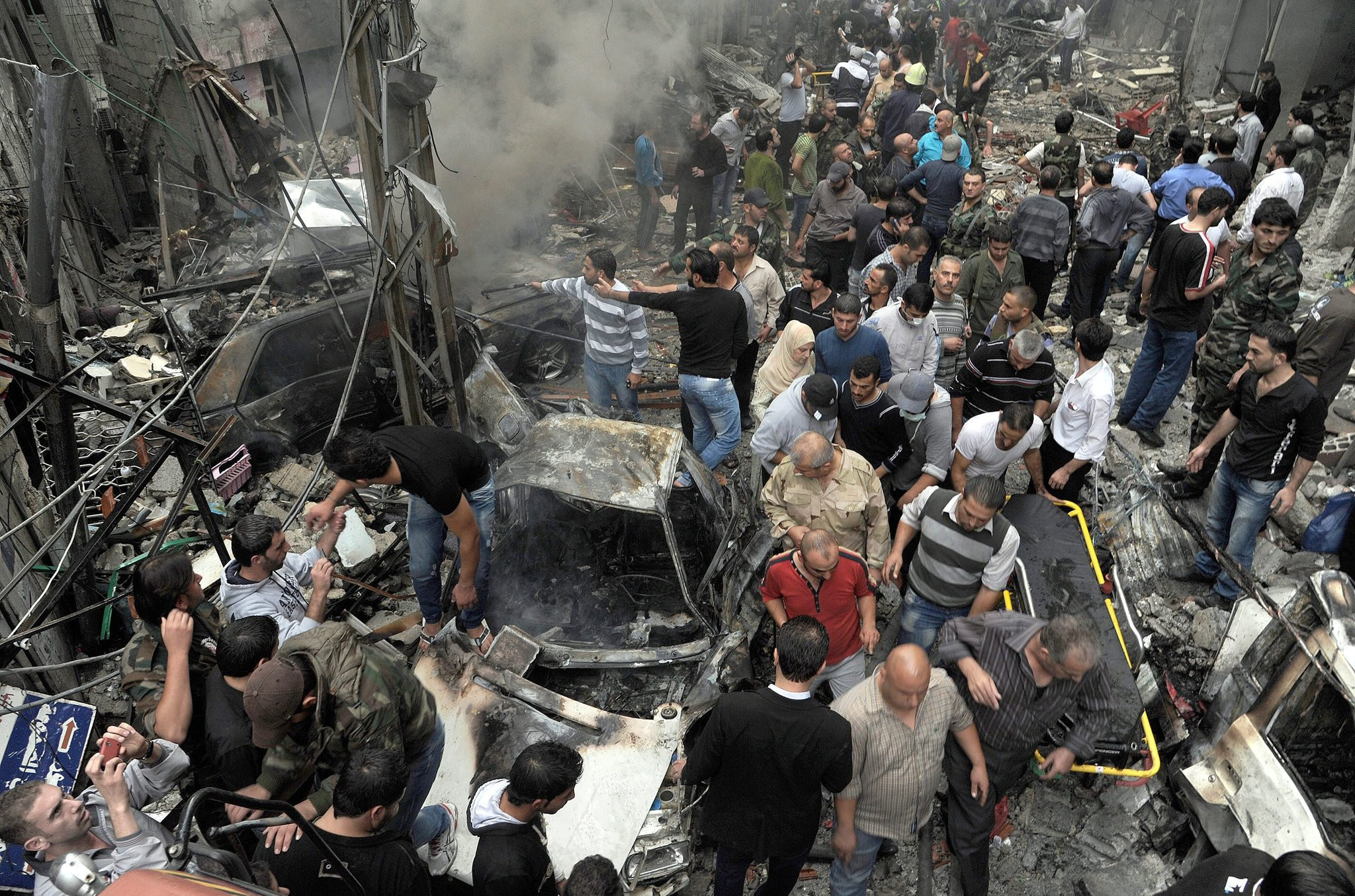Devastating Airstrike Rocks Palmyra, Syria
An Israeli airstrike on Wednesday struck residential buildings and an industrial area in Palmyra, Syria, resulting in a tragic loss of life. Syrian state media reported at least 36 fatalities and over 50 injuries. The Syrian Ministry of Defence statement described the attack as causing significant material damage, echoing reports from other news agencies. The attack targeted residential buildings causing extensive damage and significant loss of life among civilians. The Israeli military, consistent with its usual practice, has not commented on this specific incident.
Escalating Tensions Amidst Ceasefire Negotiations
This devastating attack occurred during ongoing US-mediated ceasefire negotiations between Israel and Hezbollah. The timing of the strike raises serious questions about the commitment of all parties to a peaceful resolution. US envoy Amos Hochstein has been shuttling between Beirut and Jerusalem, attempting to broker a deal based on UN Security Council Resolution 1701. This resolution requires the Lebanese state to control its border with Israel and the Litani River, effectively barring Hezbollah's military presence near the frontier. However, the ongoing attacks highlight the significant challenges in achieving a sustainable peace. This conflict has also created a severe humanitarian crisis, with thousands dead and millions displaced across the region. In Lebanon, over 3,500 people have been killed and over 1 million have been displaced since October 2023. In Gaza, the death toll has soared to almost 44,000.
Hezbollah's Response and Israeli Demands
Hezbollah leader Naim Qassem, in a recorded speech, affirmed Hezbollah's commitment to ending the aggression but asserted that they would not accept any agreement compromising Lebanese sovereignty. He explicitly vowed retaliation against Israeli strikes on Beirut, threatening attacks on Tel Aviv. In response, Israeli Foreign Minister Gideon Saar declared that any ceasefire must guarantee Israel's “freedom to act” against Hezbollah, a stance echoed by Defense Minister Israel Katz. This insistence on maintaining the right to strike Hezbollah, even within a ceasefire framework, casts a long shadow over the negotiations and raises questions about the likelihood of a lasting peace. The Israeli government believes that any agreement should not limit their right to prevent Hezbollah from rebuilding its military capability in Lebanon.
The Shadow of the Syrian War
The Israeli strikes in Syria, which have intensified since the start of the conflict in Gaza in October 2023, are part of a broader regional conflict. Since the Syrian civil war began in 2011, Israel has conducted hundreds of strikes, targeting Iranian-backed groups and Syrian army positions. The Palmyra attack, with its high death toll, represents a significant escalation, highlighting the complexity and volatility of the situation. The ancient city of Palmyra, a UNESCO World Heritage site, was previously damaged by ISIS and this recent attack adds to the city's troubled past.
Assessing the Casualties
Reports on the casualty figures vary. While Syrian state media reported at least 36 killed, the UK-based Syrian Observatory for Human Rights (SOHR) initially reported 41 deaths, later revising the number upwards to 92, claiming many were pro-Iranian fighters. This discrepancy underscores the difficulty in verifying information from a conflict zone. The UN deputy special envoy to Syria described the raid as “likely the deadliest Israeli strike in Syria to date,” acknowledging the gravity of the situation. It is critical to note that the claims of SOHR are not verified. This raises concerns about the reliability of reporting from conflict zones.
International Involvement and the Road Ahead
The US-mediated ceasefire talks are central to the region's efforts to stabilise the conflict. However, the preconditions put forth by Israel, particularly its demand to retain the freedom to strike Hezbollah, pose a significant challenge to reaching a lasting agreement. The ongoing war in Gaza further complicates matters, with Hezbollah’s stance that its attacks on Israel will continue until the fighting in Gaza ends. Furthermore, Israel’s continued strikes on Hezbollah have not ended, and rockets have continued to hit northern Israel, leading to a volatile situation that could derail the peace efforts. The US, in its continued efforts to broker a peace deal, vetoed a UN resolution calling for a ceasefire in Gaza because it was not linked to the immediate release of hostages held by Hamas.
A Precarious Peace: Uncertain Future
The future of the region remains uncertain. While the US continues to push for a ceasefire, the inherent tensions and conflicting interests among the parties involved suggest a long and difficult road ahead. The high number of civilian causalities in the Palmyra strike underscores the human cost of this ongoing conflict. The conflicting narratives surrounding the casualty count highlight the challenges of obtaining reliable information in active warzones. The path to peace demands a concerted effort from all parties, requiring a commitment to dialogue and mutual respect for sovereignty. The ongoing conflict in this complex region threatens to destabilize the entire Middle East. It remains imperative that all sides work towards a just and lasting peace for the safety and prosperity of the people affected.

















